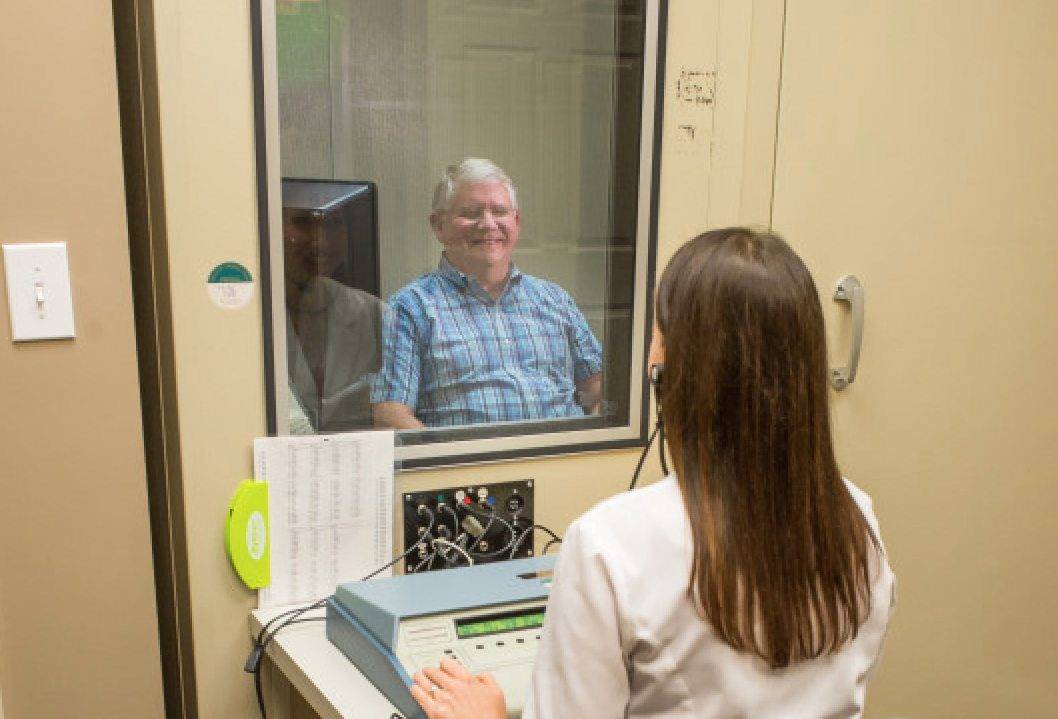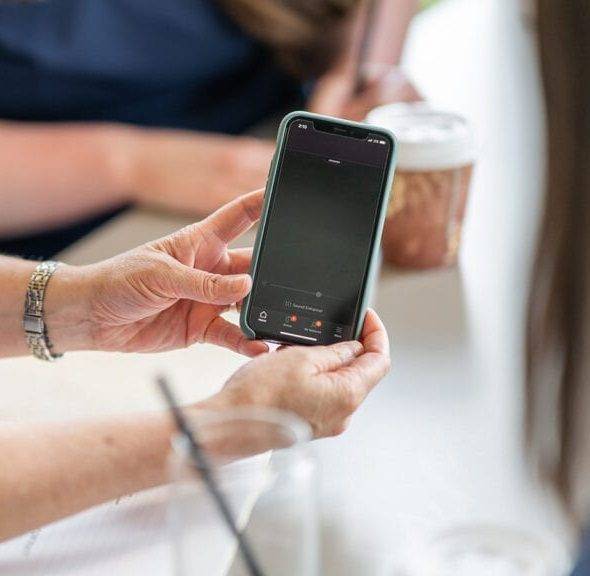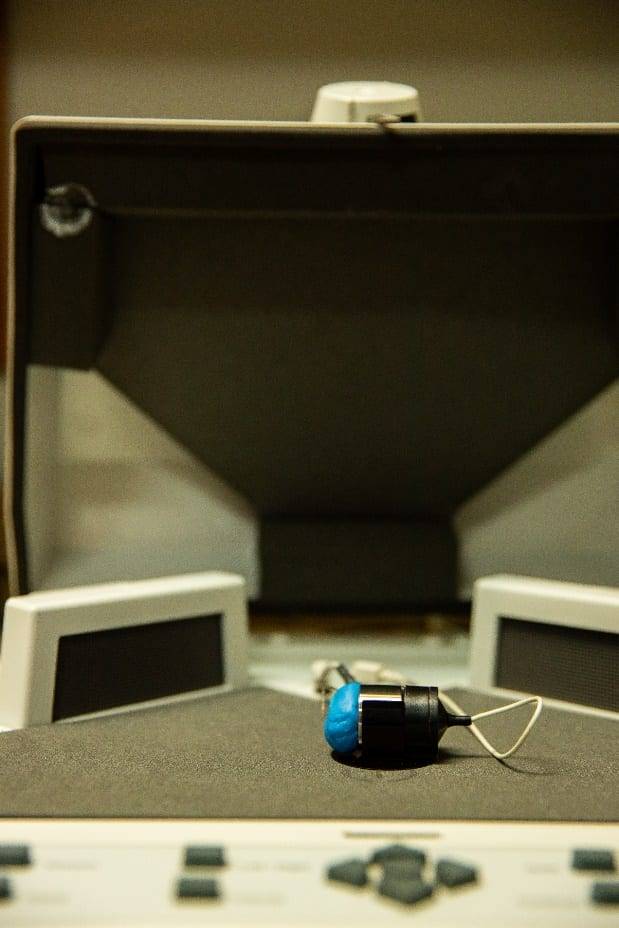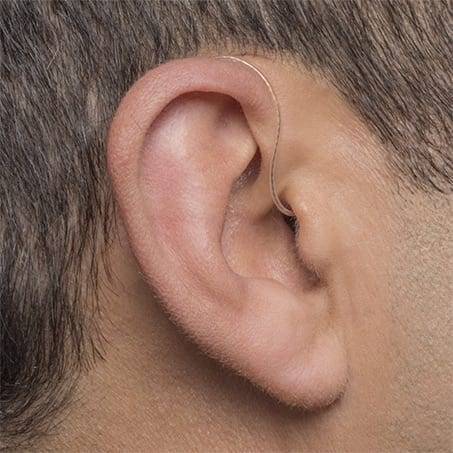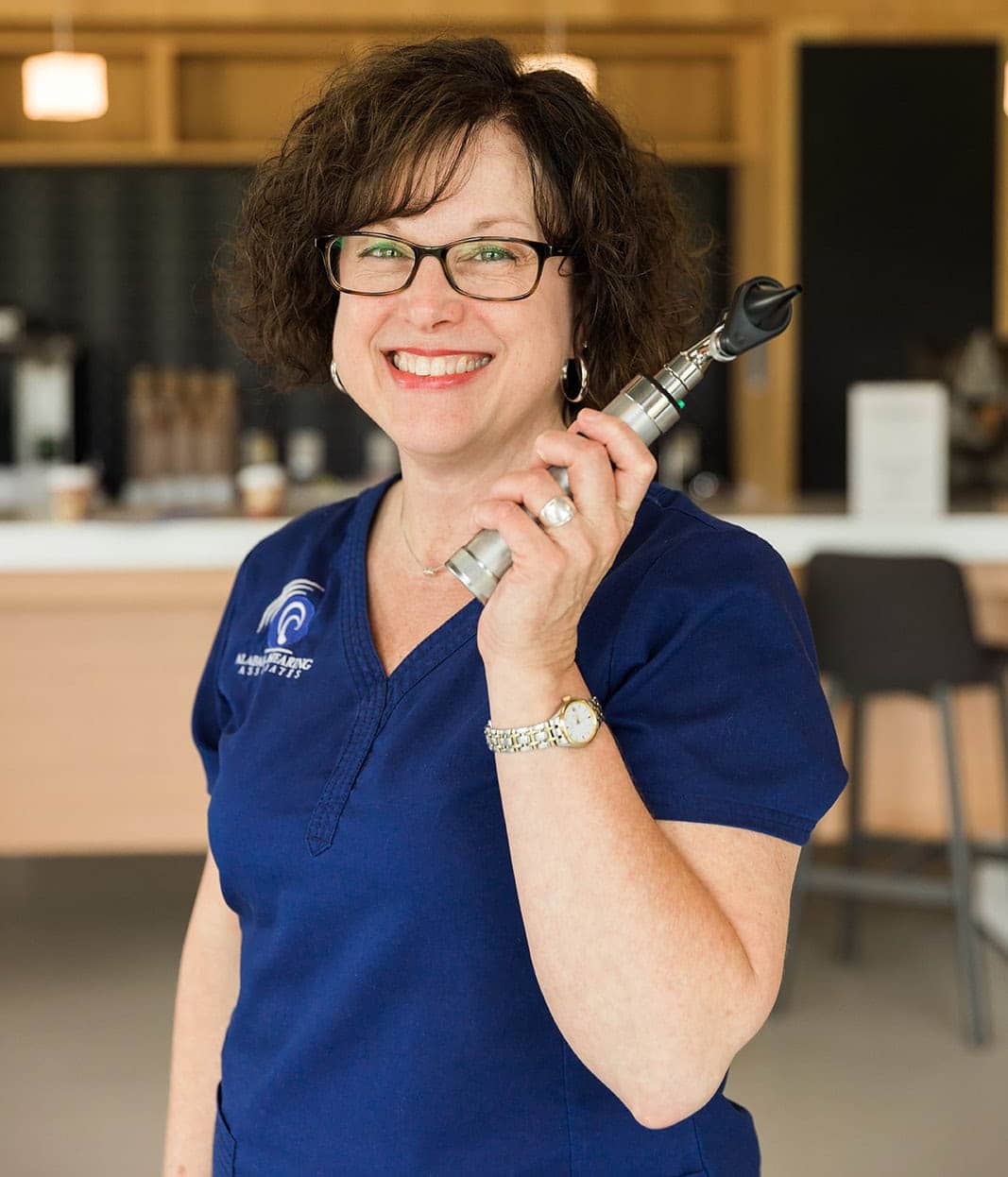
01/11/2024 | Hearing Test
Tinnitus, commonly referred to as the ringing in the ears, can be a distressing condition that affects millions of people worldwide. It can manifest as a constant or intermittent noise, such as ringing, buzzing, hissing, or whistling, and can significantly impact...
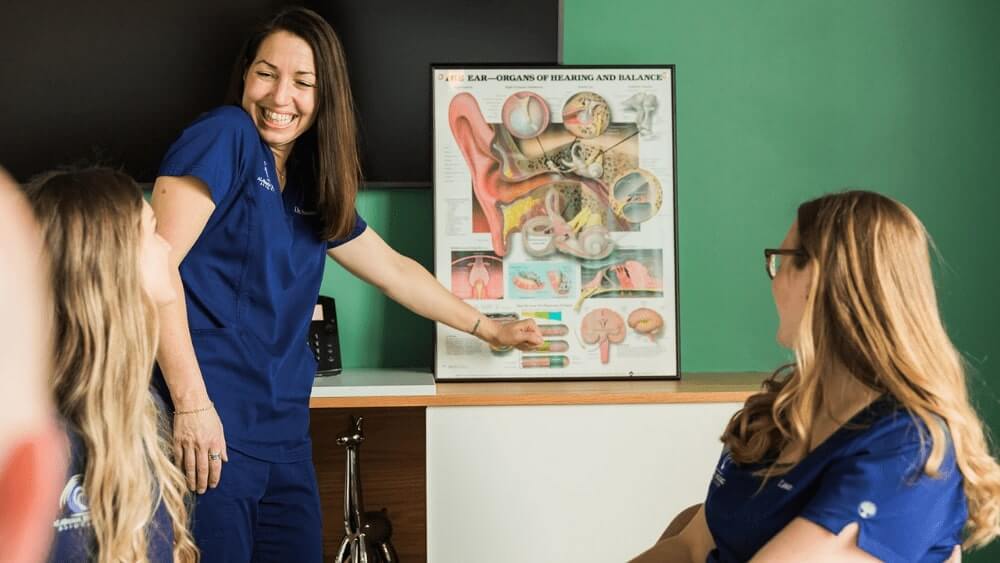
03/22/2023 | Frequently Asked Questions, Hearing Loss, Hearing Test, Patient Resources
What happens during a basic hearing test? Part of understanding your hearing test is being aware of what to expect during a basic hearing evaluation. Firstly, you will be seated in a soundproof booth, and single-use foam earphones will be inserted into your ear...

03/22/2023 | Hearing Test, Patient Resources
What spurred our teleaudiology services? Back in April, when ‘Stay at Home’ orders were put in place across Alabama, many audiologists and hearing care professionals closed their doors, resulting in many people struggling to find the help or advice they needed. At...
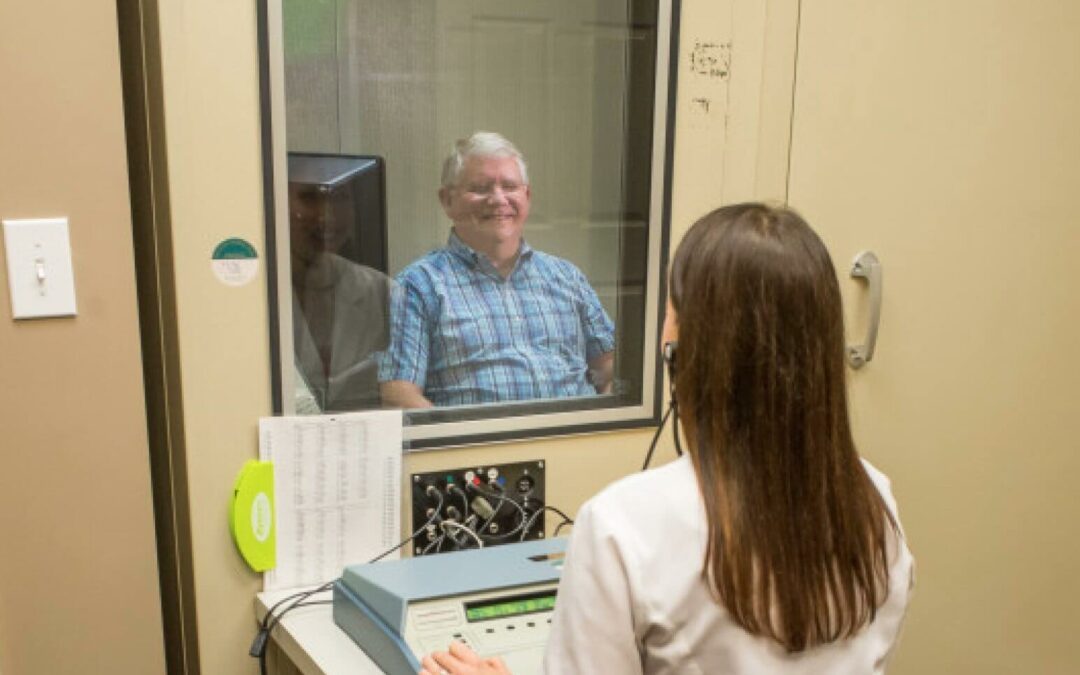
03/20/2023 | Frequently Asked Questions, Hearing Loss, Hearing Test, Patient Resources, Physicians Resource
Hearing loss has a tendency to creep up on you. Most people are unaware that they have any kind of problem until they have an advanced condition or a loved one insists on a hearing test. Early detection of hearing loss allows me a broader range of treatment options...
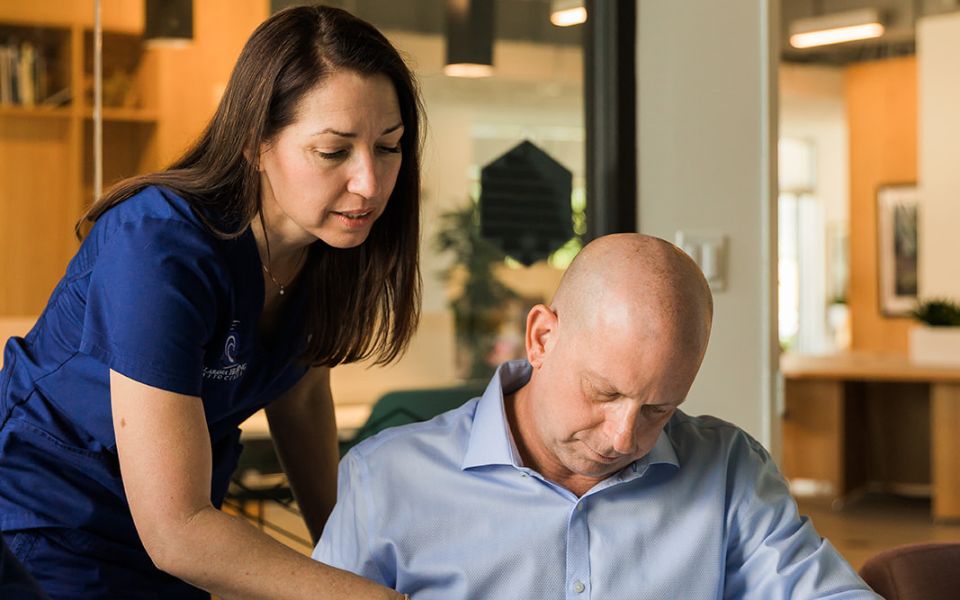
03/08/2023 | Hearing Test, Patient Resources, Technology
While your ears collect sound, your brain is what interprets it into meaningful speech. In other words, you hear with your ears but you listen with your brain. This is the primary concept behind a functional hearing assessment. There is increasing evidence that links...

03/01/2023 | Frequently Asked Questions, Hearing Loss, Hearing Test, Patient Resources
What happens at an Annual Hearing Aid Check? While almost all our patients come twice yearly for routine appointments to maintain optimal performance of their hearing aids, the bare minimum is one annual appointment. This annual appointment is absolutely necessary to...









